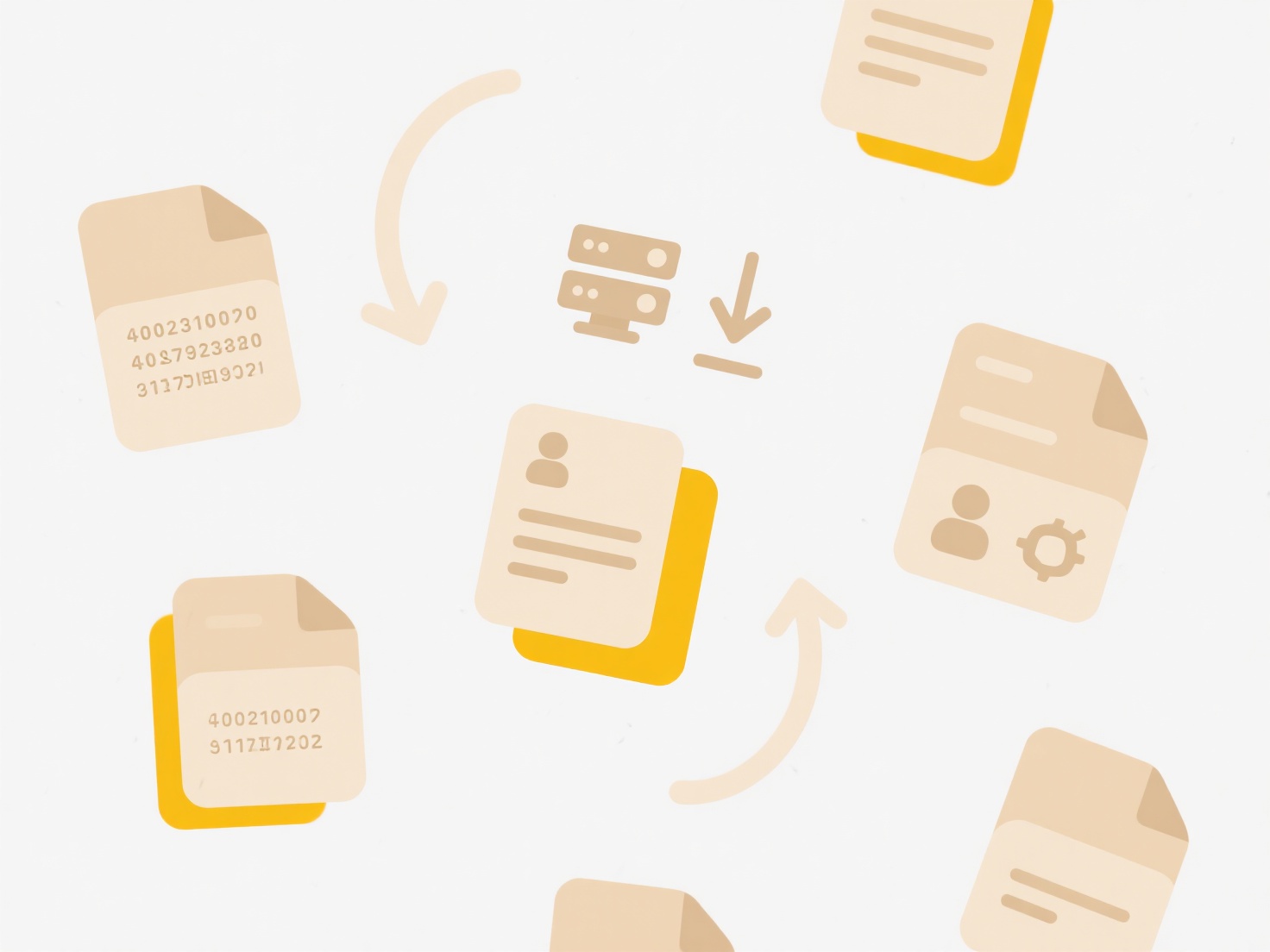
Dropbox allows you to search within the files stored in your account. Its search function indexes not just file names and folder structures, but also the content inside supported documents (like PDFs, Office files, text files) and even text within images using Optical Character Recognition (OCR). This differs from simple filename searches offered by many operating systems by enabling deeper content discovery directly within the cloud platform.
In practice, this means you can find a specific contract buried deep in folders by searching for a client name mentioned inside the PDF, or locate a spreadsheet by searching for a unique figure within a cell. Teams collaborating on shared folders often use Dropbox search to quickly access project documents discussed in meetings, leveraging keywords rather than remembering exact file locations. Professional tools and platforms like the Dropbox Paper editor also integrate with this search capability.

Key advantages include powerful content-based discovery and accessibility from any device. Limitations exist; very recent files might take moments to appear in results until fully indexed, complex formatting can sometimes hinder content extraction, and support depends on file type. Dropbox prioritizes user privacy: the search index remains private and under your control. Future enhancements may include more sophisticated AI-driven understanding of queries and content, further improving how users navigate their stored information.
Can I search files stored in Dropbox?
Dropbox allows you to search within the files stored in your account. Its search function indexes not just file names and folder structures, but also the content inside supported documents (like PDFs, Office files, text files) and even text within images using Optical Character Recognition (OCR). This differs from simple filename searches offered by many operating systems by enabling deeper content discovery directly within the cloud platform.
In practice, this means you can find a specific contract buried deep in folders by searching for a client name mentioned inside the PDF, or locate a spreadsheet by searching for a unique figure within a cell. Teams collaborating on shared folders often use Dropbox search to quickly access project documents discussed in meetings, leveraging keywords rather than remembering exact file locations. Professional tools and platforms like the Dropbox Paper editor also integrate with this search capability.

Key advantages include powerful content-based discovery and accessibility from any device. Limitations exist; very recent files might take moments to appear in results until fully indexed, complex formatting can sometimes hinder content extraction, and support depends on file type. Dropbox prioritizes user privacy: the search index remains private and under your control. Future enhancements may include more sophisticated AI-driven understanding of queries and content, further improving how users navigate their stored information.
Quick Article Links
How do I monitor for the appearance of new files?
File monitoring involves automatically detecting when new files appear in a specific directory or set of locations on a ...
How do I batch rename files in Windows File Explorer?
Batch renaming allows you to change the names of multiple files simultaneously within Windows File Explorer, rather than...
How do I add prefix/suffix only if not already present?
Adding a prefix or suffix only if absent involves conditionally modifying text strings to ensure they start or end with ...